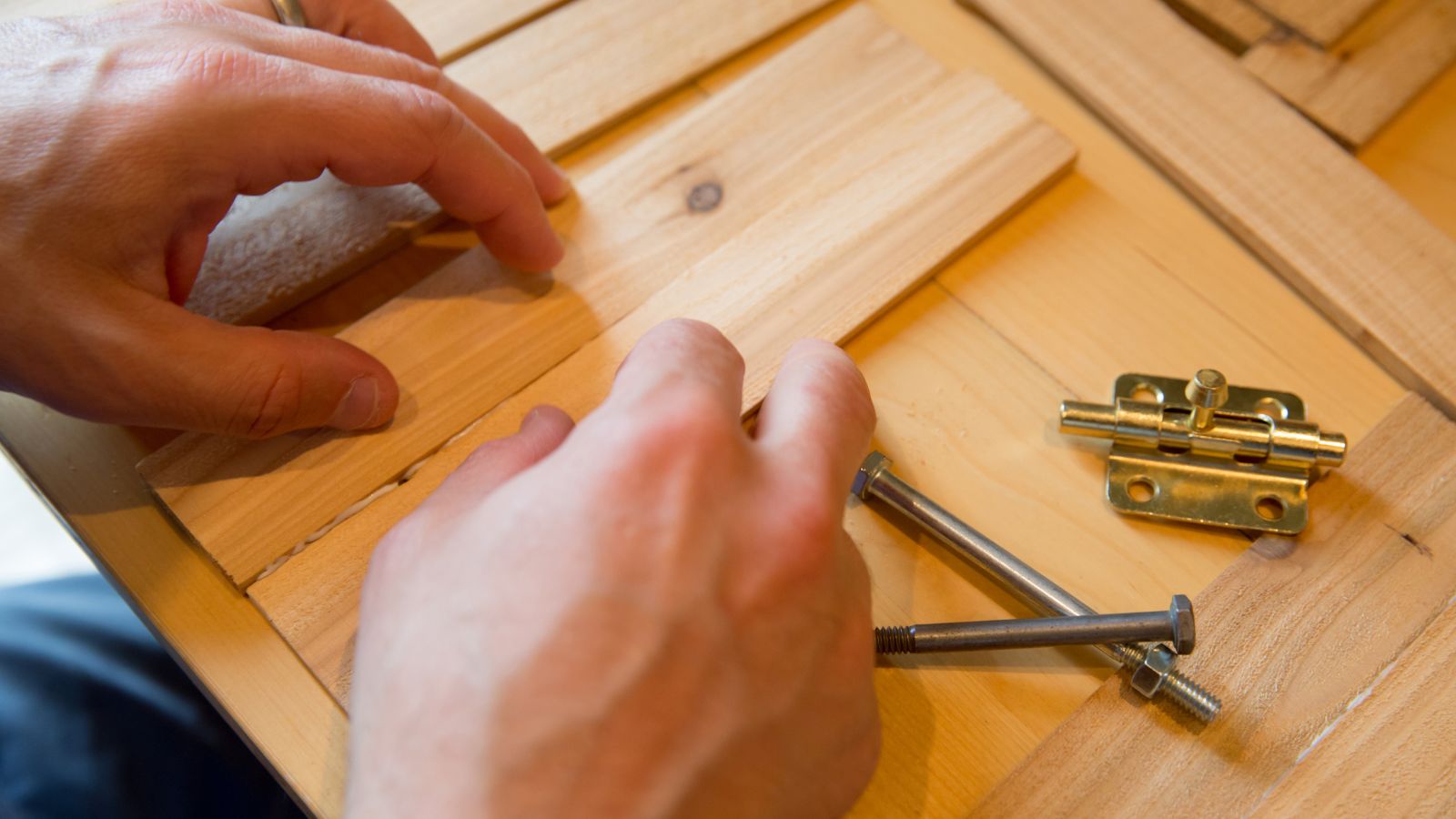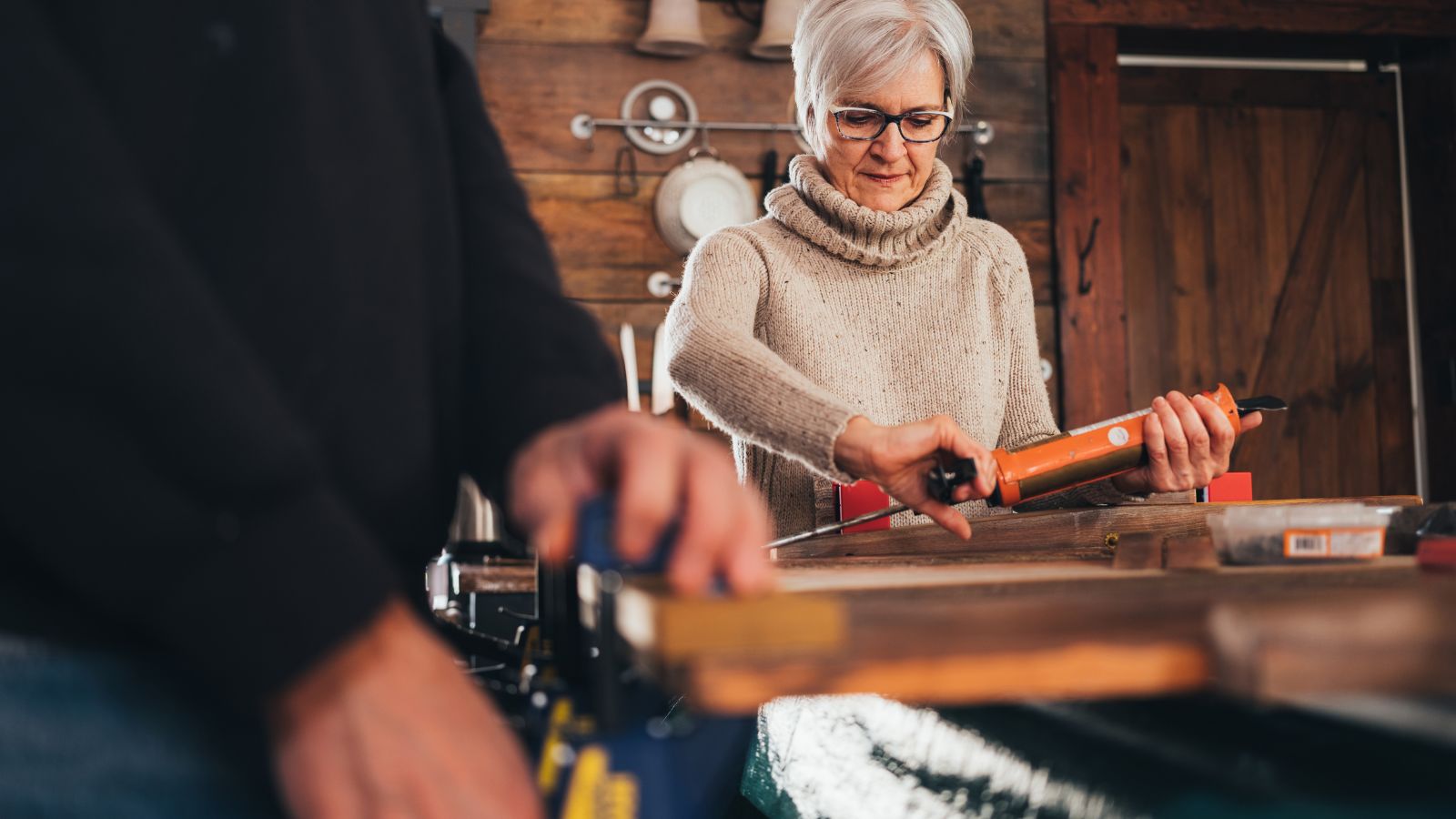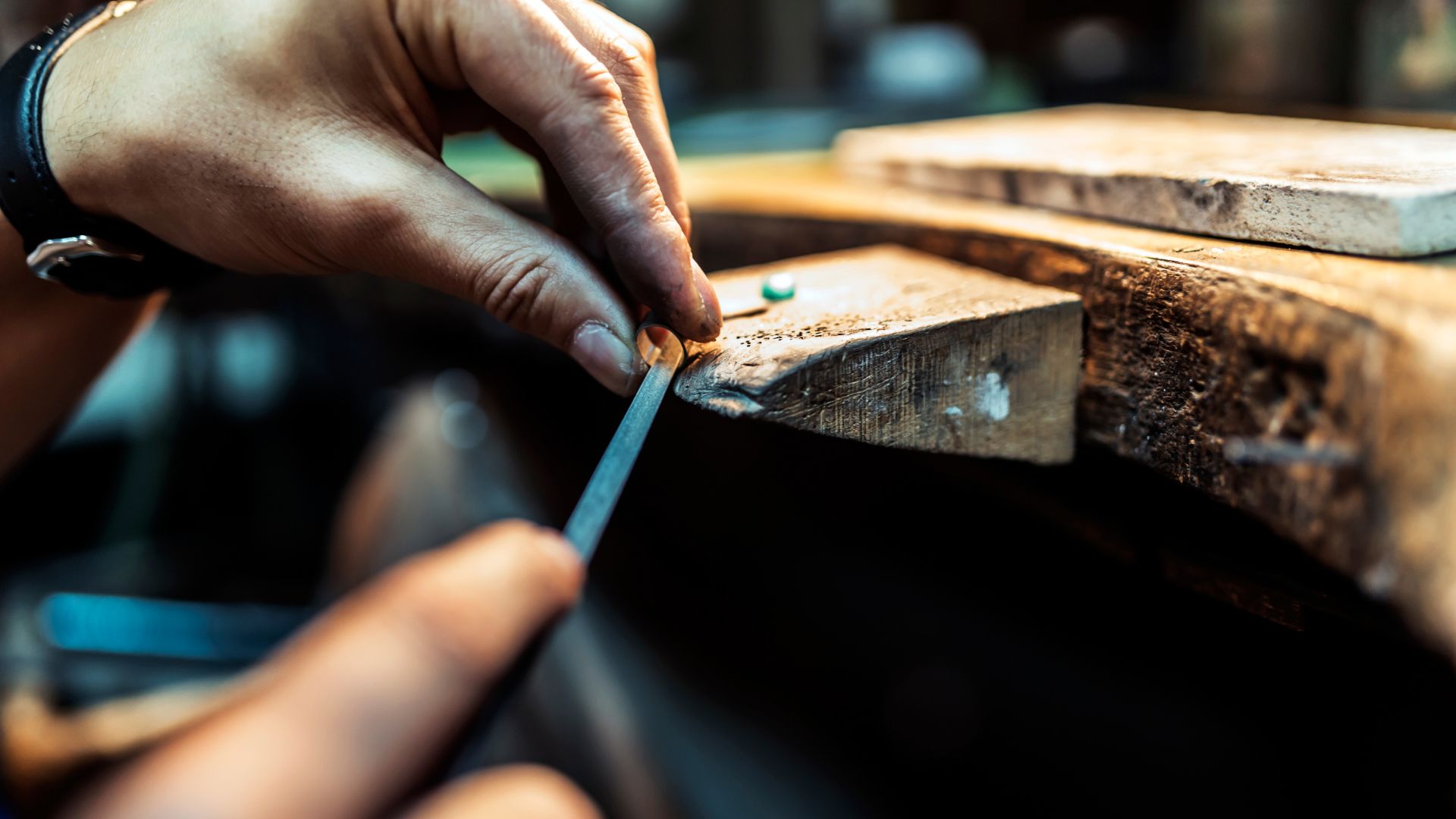There’s a certain charm in creating something with your own two hands, especially when it’s made from beautiful, aromatic cedar wood. Whether you’re a seasoned carpenter or a DIY enthusiast just starting out, small cedar wood projects can offer a satisfying blend of challenge and creativity.
Cedar’s natural resistance to rot and insects makes it a perfect choice for outdoor projects. Yet, its rich colour and pleasant scent also lend a warm, rustic appeal to indoor decor. From birdhouses to bookshelves, the possibilities are endless.
Diy Small Cedar Wood Projects
Cedar wood holds high appeal among DIY enthusiasts. Its unique properties and overwhelming benefits make it a preferred choice for small-scale projects. Its adaptability to varied environmental conditions, as well as indoor and outdoor setups, further expands its versatility.
Understanding Cedar’s Unique Properties
Cedar possesses properties unlike other types of wood, which makes it distinct. For instance, its rich, warm hues ranging from gold to red-brown lend it an aesthetically pleasing look. Additionally, it’s graced with a sweet, woody aroma, produced by natural oils present in the wood.
Equally commendable is cedar’s stability. It doesn’t warp or shrink, regardless of the changes in climate conditions. It has a natural resistance to moisture hence doesn’t rot easily. In fact, this hydrophobic capability also protects it from insects and fungi. For DIY projects that expose wood to harsh weather conditions or elements prone to infestations, cedar comes out as an excellent option.
Benefits of Using Cedar Wood
Tasked with leveraging cedar wood for DIY small projects, one uncovers an array of benefits. Undoubtedly, cedar’s visual appeal is unmatched, evoking a sense of rustic charm that enchants onlookers. When used indoors, it uplifts the overall ambiance while lending its pleasant fragrance to the surroundings.
 Planning Your Cedar Wood Project
Planning Your Cedar Wood Project
Ensuring a successful DIY cedar wood project demands careful planning. This phase involves choosing the appropriate tools and finding high-quality cedar wood. By following the detailed steps below, crafting with cedar wood becomes a manageable and enjoyable task.
Selecting the Right Tools
An effective tool set ensures precise work in any DIY endeavour. Invest in durable, purpose-built tools that allow you to cut, shape, sand, and finish cedar wood in a clean, efficient manner. High-quality tools also minimise the risk of damaging the wood or causing a safety hazard. The following list includes some essential tools:
- Saws: A standard hand saw suffices for most DIY cedar wood projects. Examples include coping saws for intricate cuts, hacksaws for metal work, and crosscut saws for cutting across wood grains.
- Drills: Drills create holes in the cedar wood. A cordless drill, offering mobility, is an example.
- Sanders: Sanders smoothen out rough edges. Examples are orbital sanders and belt sanders.
- Chisels: Chisels carve out detailed designs in the wood. You may need carving, butt, or corner chisels.
- Screwdrivers: Screwdrivers aid in fastening components together. Flathead and Phillips are examples of needed screwdrivers.
Remember, these tools require regular care to maintain their efficiency and prolong their lifespan.
 Popular DIY Small Cedar Wood Projects
Popular DIY Small Cedar Wood Projects
Plunging into the world of cedar wood projects exposes an array of DIY creations. These aren’t strenuous, time-consuming endeavours, but rather are fruitful hobbies that yield aesthetic, robust items. This section unveils three popular DIY small cedar wood projects: Cedar Planter Boxes, Cedar Birdhouses, and Small Cedar Furniture Pieces.
Cedar Planter Boxes
With a knack for woodworking, producing a Cedar Planter Box proves to be a worthwhile pursuit. These boxes, commonly used for planting flowers, herbs, or small veggies, enhance any outdoor area. The durability and rot resistance of cedar wood makes these boxes long-lasting, even in gardens frequently hit by rainfall or sprinkler systems.
Cedar Birdhouses
Next in the spotlight are Cedar Birdhouses. Serving as comfy havens for avian visitors, these little structures combine functionality and aesthetics. Given cedar’s insulative qualities, these birdhouses provide a warm retreat for birds in colder months. Detailed plans provide measurements for cutting the cedar wood into various parts of the birdhouse, from the floor to the roof, followed by assembling the parts with screws or nails.
